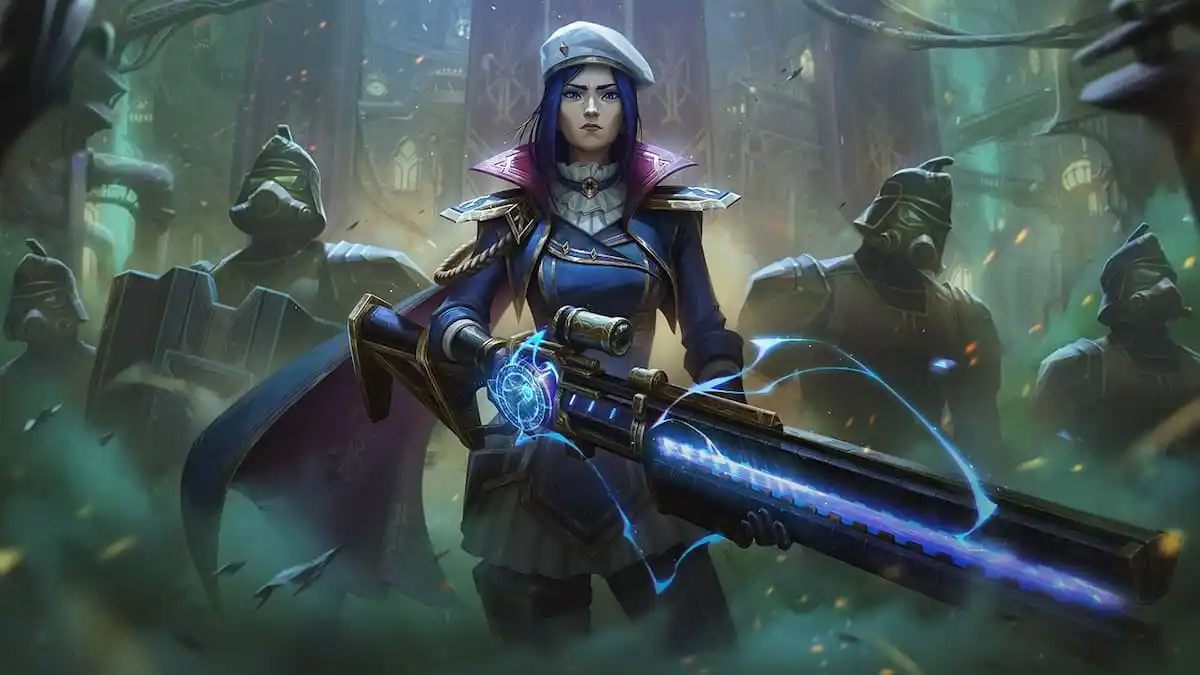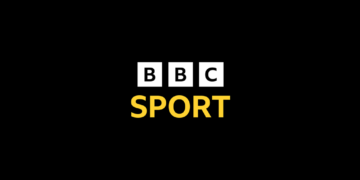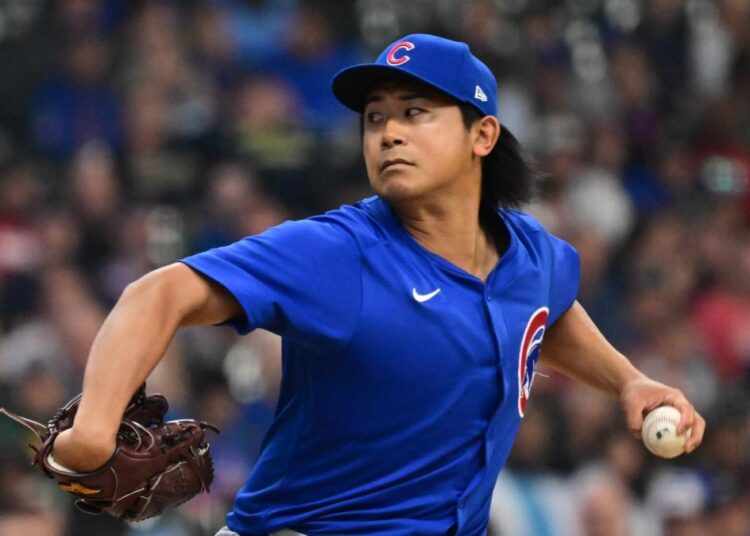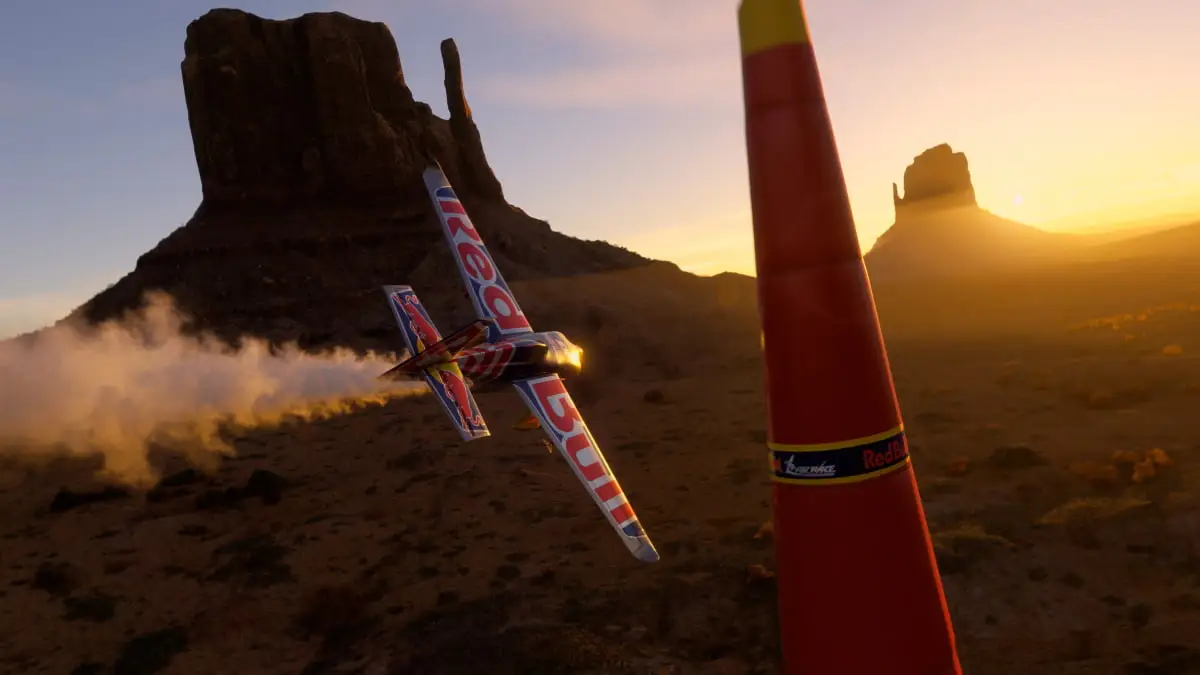Chicago Cubs
2024 record: 83-79
Second place, NL Central
Team ERA: 3.78 (10th in MLB)
Team OPS: .710 (13th in MLB)
What Went Right
The Cubs played better than their so-so record indicates, as their pythagorean record based on run differential suggests they should have gone 88-74. Ultimately you got nothing for that, but it does suggest that more went right for the Cubs than you might think. Shota Imanaga was the “other” pitcher from Japan that signed in the offseason, but he was able to compile a 15-3 record, 2.91 ERA and 174/28 K/BB in a season that would make him a Rookie of the Year favorite in many seasons. He, Jameson Taillon and Justin Steele — when healthy — combined to give the Cubs a strong top-three in the rotation, with a solid season from Javier Assad behind them.
The offense wasn’t quite as good as the starters, but certainly had some bright spots as well. Seiya Suzuki was (somewhat quietly) an excellent option in 2024 with an .848 OPS, 21 homers and 16 stolen bases over 132 games. Ian Happ led Chicago with 25 roundtrippers and added 13 thefts, and Dansby Swanson added 16 home runs with 19 stolen bases while playing some of the best defense at the shortstop position. There wasn’t a superstar performance from the Cubs in 2024, but outside of a couple of positions at most, there was solid production throughout from a team that only has one regular on the other side of 30 (Swanson).
What Went Wrong
Even with some solid performances, the lack of a spectacular one or anything close made this a team without much margin of error, and it saw them fail to make the postseason for the fourth straight season. One of the biggest culprits was the bullpen, as the team blew 26 saves in 2024; the sixth most of any team in the sport despite some solid individual performances in the pen (more on that later). The team also got very little help from their starters behind those four aforementioned arms, and Kyle Hendricks was particularly bad with a 5.92 ERA and only 87 strikeouts in 130 2/3 frames. And while the overall offensive performance wasn’t atrocious, the team got nothing from the catching position and third base. The latter was particularly disappointing, as Christopher Morel hit just .199 with a .675 OPS before being traded to the Rays for Isaac Paredes, and Paredes was even worse with just a .633 mark in 212 plate appearances in his return to the Chicago organization.
Fantasy Slants
– There was some question about whether Imanaga would provide much fantasy value because of his perceived strengths and weaknesses, and for the most part, those questions were answered in positive fashion. He not only ranked among the very best in baseball in walk rate with just four percent of hitters reaching via free pass, but he generated a chase rate of 34.8 percent that ranked in the 97th percentile of all hurlers. His lack of an elite fastball does mean that he’s at risk of giving up a homer or three in a start, but Imanaga’s command and deception makes him a solid option for the 2025 campaign.
– Pete Crow-Armstrong’s overall numbers of .237/.286/.384 are far from impressive, but a deeper look suggests there’s some reasons for significant optimism. For one thing, his glove is already among the best in baseball, and that’s going to keep him in the lineup for a long time. But he also improved his OPS in the second half of the season to .726 while seeing his slugging percentage jump from .329 over to .425. The approach at the plate leaves an awful lot to be desired — he swung at pitches outside of the zone a whopping 41.4 percent of the time — but the talent is there for Crow-Armstrong to be a strong fantasy option for many years.
– Michael Busch was traded from the Dodgers to the Cubs in January, and his first season should be considered a success. He hit 21 homers with a .775 OPS, and that along with his strong defense at first gave him a 2.8 Wins Above Replacement season according to Baseball-Reference. He did struggle in the second half with just a .216 average, but he ranked above-average in average exit velocity (91 mph), walk rate (11.1 percent), barrel percentage (11.2 percent) and expected slugging percentage (.428). It’s not likely Busch makes giant strides in 2025 — what you see is probably what you get — but what you get is worth having on a roster in the majority of fantasy formats.
– As stated earlier the bullpen had its fair share of issues — and if you asked Chicago fans, you would probably get quite a few who suggest that first-year skipper Craig Counsell made some questionable decisions with that relief group — but the team appears to have a long-term quality option in Porter Hodge. In his rookie season, Hodge was able to register nine saves after taking over the closing gig while forging a 1.88 ERA and 52/19 K/BB over 43 innings and 39 appearances. On top of a solid fastball that gets to around 96 mph, Hodge also features a sweeper that is among the best in baseball as seen in a .070 average against the pitch and whiff rate of 51.8 percent. The command needs work but the stuff suggests that Hodge can be an elite reliever soon, maybe even in 2025. The 2024 version is pretty darn good, too.
Key Free Agents
Cody Bellinger ($27.5 million player option), Hendricks, David Bote ($7 million club option), Drew Smyly ($10 million mutual option), Jorge Lopez
Team Needs
Bellinger will likely be back with Chicago after an unspectacular — but far from abhorrent — season in 2024. The Cubs are in an interesting spot as they seem to have a lot of spots filled, but also can upgrade in an awful lot of places. The Cubs will likely be looking for a backstop even with top prospect Moises Ballesteros not far from being ready, and another starting pitcher with a couple more bullpen arms seems likely, too. This team doesn’t seem far from contention in the volatile NL Central, but there are reinforcements needed if they are going to be among the better clubs in the National League in 2025.
Read the full article here

























